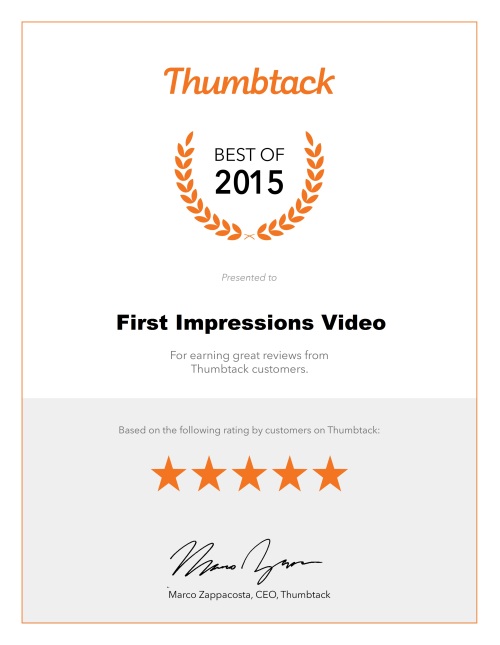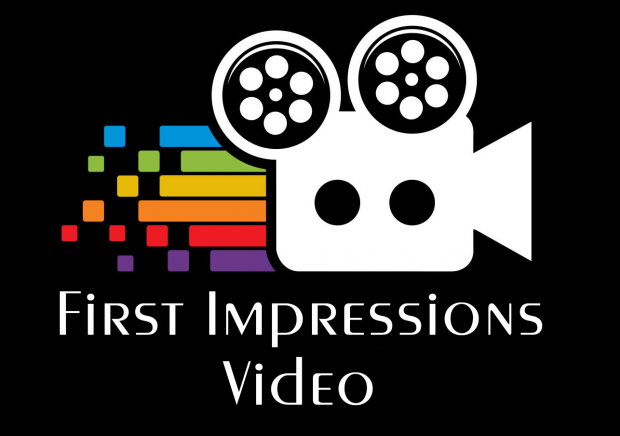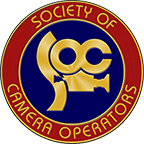When I look back over the first year of First Impressions Video’s “official” existence, perhaps the one area that has surprised me most is memorial videography. Nearly half of all the projects I shot last year were memorials. And for some reason, this seems like an area that should not be tampered with out of respect for the deceased. Yet, it is because of respect for the deceased and concern for the living that video is becoming an increasingly important part of the grieving process. There are two reasons for this.
First of all, there has been significant change taking place in the funeral industry overall. Mostly due to the rise of the Baby Boomer generation, contemporary thinking is to now personalize the funeral or memorial service. Add to that the rise in cremation, which allows for great latitude on the part of those planning services. No longer are you limited to a funeral home or a house of worship. Once cremation has taken place, the cremated remains can be released to the family, and they can do whatever they want without the involvement of a funeral director. Think of scattering ashes in the ocean, for example.
The second factor is technical advances in the video industry. With the marriage of video and the computer, it has become possible to offer high-quality video in a relatively short time and at a reasonable cost. I’m sure this contributed to my sudden surge in memorial videos last year. I could shoot and turn them around relatively quickly, and the families have been profoundly appreciative of the service I provided.
There are two distinct ways video can be used for memorial/funeral services: One way is the memorial tribute video. This is a video usually made up of about 30 to 50 photos—and can include short video clips—and lasts around five minutes. The key elements necessary for a compelling memorial tribute video are time, quality, and movement. Fast turnaround times are crucial; most of the tributes I do have to be completed within 24 to 48 hours. To control my schedule, I like to pick up the photos at the funeral home shortly after the family brings them in. If the funeral home is too far away, I ask the funeral director to scan the photos and send them to me using Google Drive, Dropbox or some other file sharing service. Once I have the photos I may do some modest retouching in my computer. My editing includes use of a “pan and scan” effect (sometimes called the “Ken Burns” effect) to put movement in the photos. This will provide a nice distinction from a more traditional slide show.
The second way video is being used is in the recording of the service itself. With the personalization of services and the stories that are often told about the deceased, it becomes a wonderful way to capture memories of an individual that will be treasured by those left behind. What’s more, with families being scattered, it is often hard to get everyone together for a service. A funeral or memorial service captured on video can easily be shared with loved ones anywhere in the world, which I recently did for a client who had family in Norway! For 2014, I am exploring streaming as yet another way to deliver the service to people at remote locations. Right now, the cost may make streaming prohibitive, but as pricing comes down (and it always does, where technology is involved), I will update this blog accordingly.
This kind of videography requires great sensitivity as I am entering a space typically packed with emotion. Whereas weddings are by nature joyful events, memorials involve grieving family members and friends. I must be able to conduct myself unobtrusively so as not to intrude when people are often at their most vulnerable. I am honored to say that I have this gift, and if I can ever offer such a service to you, a friend or family member, I will take great care to show respect and dignity to the task to which you have entrusted me.












